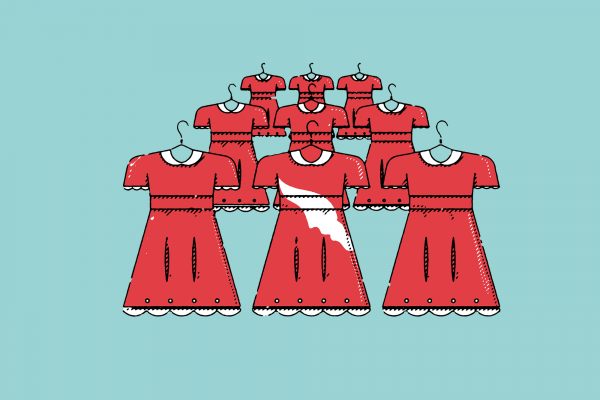JESSIE RENAE WATERS (Oglala Sioux) was pregnant and found murdered April 30, 2015, near her home in Oglala, S.D. Her case remains unsolved to this day. Savanna LaFontaine-Greywind (Spirit Lake) was murdered Aug. 19, 2018, by a neighbor in Fargo, N.D. Her body was not found for eight days. Jessie and Savanna are someone’s daughter, sister, grandchild.
The National Crime Information Center reported that in 2016 there were more than 5,700 reports of missing Indigenous women and girls, a rate much higher than that of other groups of women.
Ashley Loring Heavy Runner (Blackfeet) disappeared from Browning, Mont., located on the Blackfeet Indian Reservation, on June 12, 2017. With little help from authorities, Heavy Runner’s family found support from the Blackfeet United Methodist Parish in Browning. On Dec. 12, 2018, the family took Ashley’s story to the Senate Committee on Indian Affairs. The parish helped with travel expenses, found additional support, and began advocating for Murdered and Missing Indigenous Women and Girls (MMIWG).
Read the Full Article

